Dr. Alok Kanojia (Dr. K) is a psychiatrist, Harvard Medical School instructor, co-founder of HealthyGamerGG, Twitch streamer and a YouTuber. Humans face a predicament that has never been seen in our history, a massive overload in daily stimulation and information. The effect of constant exposure to social media, video games, and porn is not good, but thankfully there are a number of powerful ways to take back control of your attention. Expect to learn the correlation between video game usage and mental health, why our brains are uniquely addicted to looking at screens, whether dopamine fasting is actually legit, the problem with watching porn at a young age, how to combat screen addiction, why some people always feel like they have brain fog, how to find meaning in your life and much more…
Get the latest international news and world events from around the world.
Beyond Consciousness: How Meditators Voluntarily Enter Void States
Summary: Experienced meditators can voluntarily induce unconscious states, known as cessations, without the use of drugs. This ability, observed in Tibetan Buddhist practice, allows meditators to experience a momentary void of consciousness, followed by enhanced mental clarity.
Conducted across multiple countries, the study utilized EEG spectral analysis to objectively measure brain activity during these cessation events. By correlating the meditator’s first-person experience with neuroimaging data, researchers have gained insights into the profound modulation of consciousness achievable through advanced meditation practices.
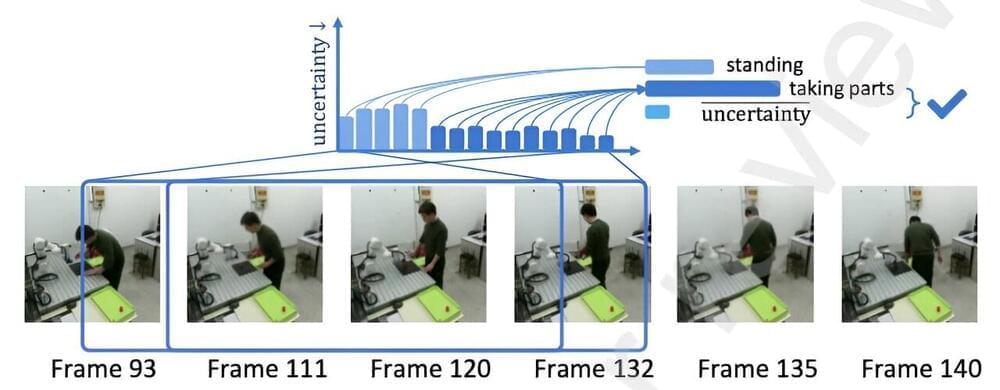
A digital twin system that could enhance collaborative human-robot product assembly
The digital twin system created by Zhang, Ji, and their colleagues creates a virtual replica of a scene in which a human and robot agent are collaborating.
Robotics systems have already been introduced in numerous real-world settings, including some industrial and manufacturing facilities. In these facilities, robots can assist human assembly line and warehouse workers, assembling some parts of products with high precision and then handing them to human agents tasked with performing additional actions.
In recent years, roboticists and computer scientists have been trying to develop increasingly advanced systems that could enhance these interactions between robots and humans in industrial settings. Some proposed solutions rely on so-called ‘digital twin’ systems, virtual models designed to accurately reproduce a physical object, such as specific products or components that are being manufactured.
Researchers at Nanjing University of Aeronautics and Astronautics in China recently introduced a new digital twin system that could improve the collaboration between human and robotic agents in manufacturing settings. This system, introduced in a paper published in Robotics and Computer-Integrated Manufacturing, can create a virtual map of real-world environments to plan and execute suitable robot behaviors as they cooperate with humans on a given task.
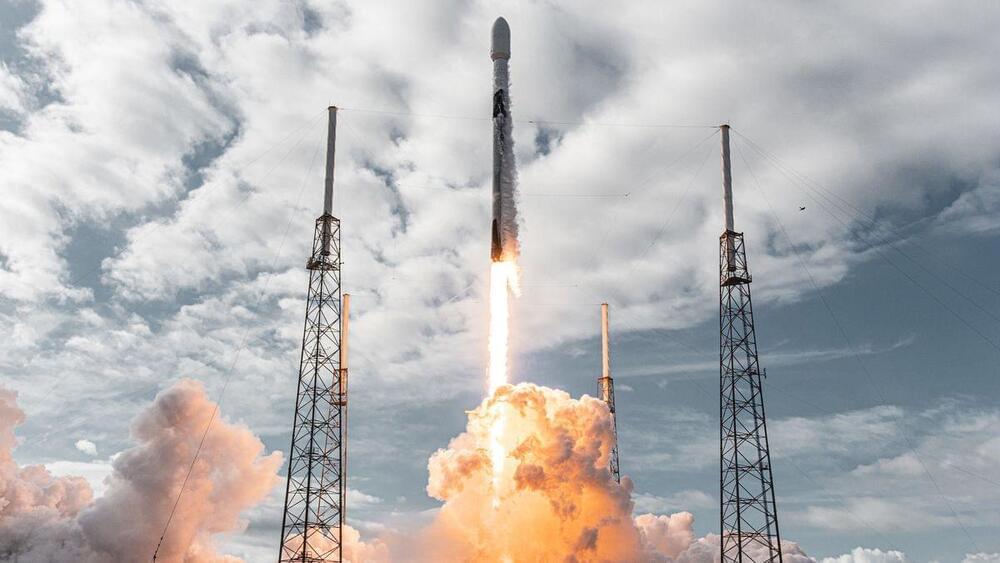
Falcon 9: SpaceX’s workhorse rocket
The SpaceX Falcon 9 rocket is the vehicle that brings satellites, Dragon cargo spacecraft and Crew Dragon spacecraft to orbit.
Among its many uses, SpaceX regularly launches Falcon 9 to bring its Dragon spacecraft to the International Space Station. Dragon made the first private spacecraft visit ever there in October 2012 and has run more than 25 cargo missions in the years since. Since 2020, SpaceX also used Falcon 9 for crewed missions to the ISS, on behalf of NASA and other customers.
Avoiding The Age-Related Increase For Blood Pressure
Join us on Patreon! https://www.patreon.com/MichaelLustgartenPhDDiscount Links: Epigenetic, Telomere Testing: https://trudiagnostic.com/?irclickid=U-s3Ii2r7x…
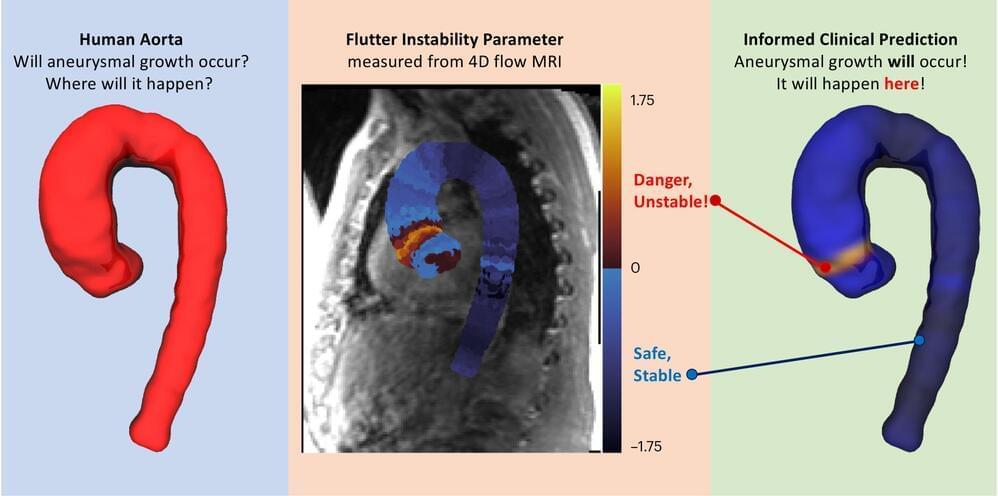
Unstable ‘fluttering’ predicts aortic aneurysm with 98% accuracy
Northwestern University researchers have developed the first physics-based metric to predict whether or not a person might someday suffer an aortic aneurysm, a deadly condition that often causes no symptoms until it ruptures.
In the new study, the researchers forecasted abnormal aortic growth by measuring subtle “fluttering” in a patient’s blood vessel. As blood flows through the aorta, it can cause the vessel wall to flutter, similar to how a banner ripples in the breeze. While stable flow predicts normal, natural growth, unstable flutter is highly predictive of future abnormal growth and potential rupture, the researchers found.
Called the “flutter instability parameter” (FIP), the new metric predicted future aneurysm with 98% accuracy on average three years after the FIP was first measured. To calculate a personalized FIP, patients only need a single 4D flow magnetic resonance imaging (MRI) scan.
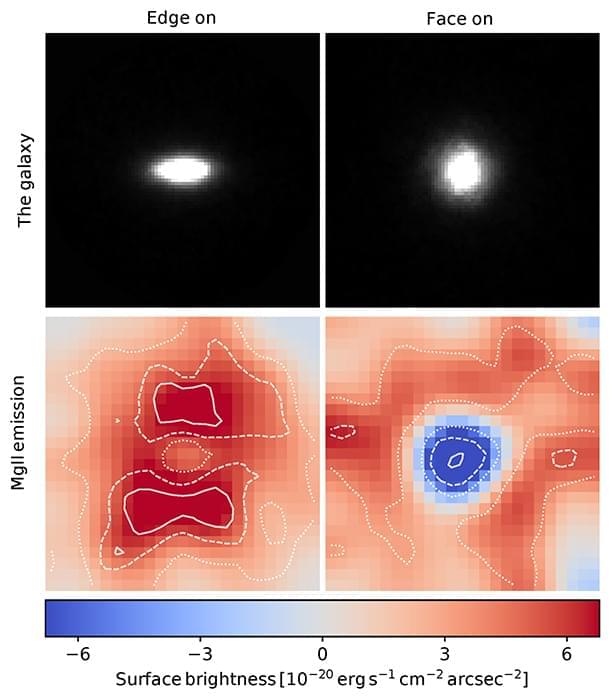
Stellar Winds Regulate Growth of Galaxies
Galactic winds enable the exchange of matter between galaxies and their surroundings. In this way, they limit the growth of galaxies, that is, their star formation rate. Although this had already been observed in the local universe, an international research team led by a CNRS scientist1 has just revealed — using MUSE, 2 an instrument integrated into the European Southern Observatory’s (ESO) Very Large Telescope — the existence of the phenomenon in galaxies which are more than 7 billion years old and actively forming stars, the category to which most galaxies belong.
The team’s findings, to be published in Nature on 6 December 2023, thus show this is a universal process.
Galactic winds are created by the explosion of massive stars.
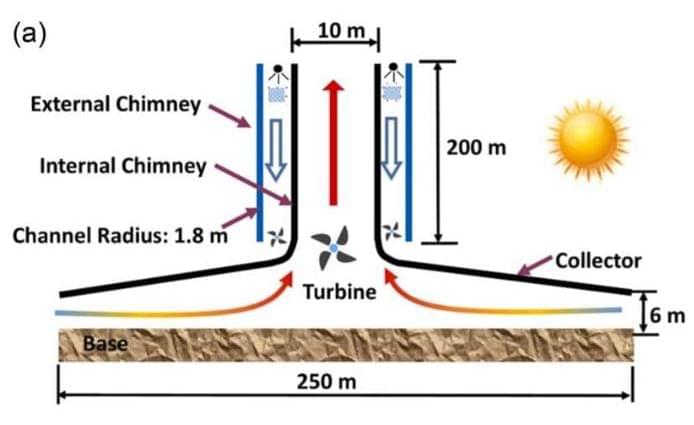
24/7 Solar Towers Could Double Energy Output
If you want to improve the output of solar energy systems, why not also run them at night? That’s the question researchers in Qatar and Jordan addressed as they successfully devised a system that promises to more than double energy output of current solar power stations.
By combining two concepts—a solar updraft system and a cooling downdraft structure—researchers designed a model that could generate 753 MWh of energy annually. That’s enough to power roughly 753 homes for about five weeks or 1,500 60-watt light bulbs nonstop for a year.
The origins of the system, referred to as Solar Tower Power Plant, go back to 1982 when Spanish engineers constructed a chimney-like tower with a mechanical turbine at its base. Air within the tower was warmed by absorbing solar radiation, similar to a greenhouse. As the air heated, it created an updraft that rose and activated wind turbines that in turn generated electricity.
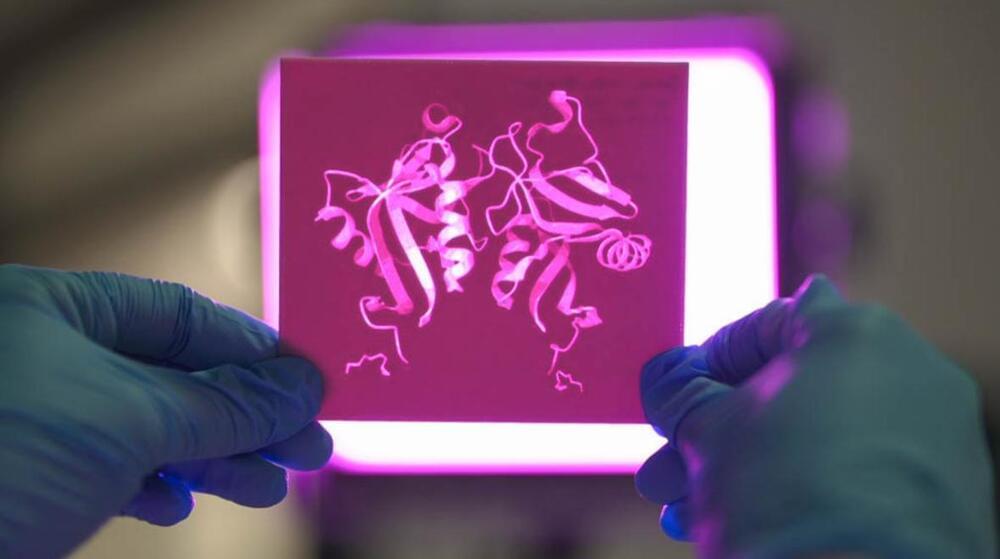
Fungus-fighting Protein could help Overcome Severe Autoimmune disease and Cancer
A protein in the immune system programmed to protect the body from fungal infections is also responsible for exacerbating the severity of certain autoimmune diseases such as irritable bowel disease (IBS), type 1 diabetes, eczema and other chronic disorders, new research from The Australian National University (ANU) has found.
The discovery could pave the way for new and more effective drugs, without the nasty side effects of existing treatments. In addition to helping to manage severe autoimmune conditions, the breakthrough could also help treat all types of cancer. The work has been published in Science Advances.
The scientists have discovered a previously unknown function of the protein, known as DECTIN-1, which in its mutated state limits the production of T regulatory cells or so-called ‘guardian’ cells in the immune system.
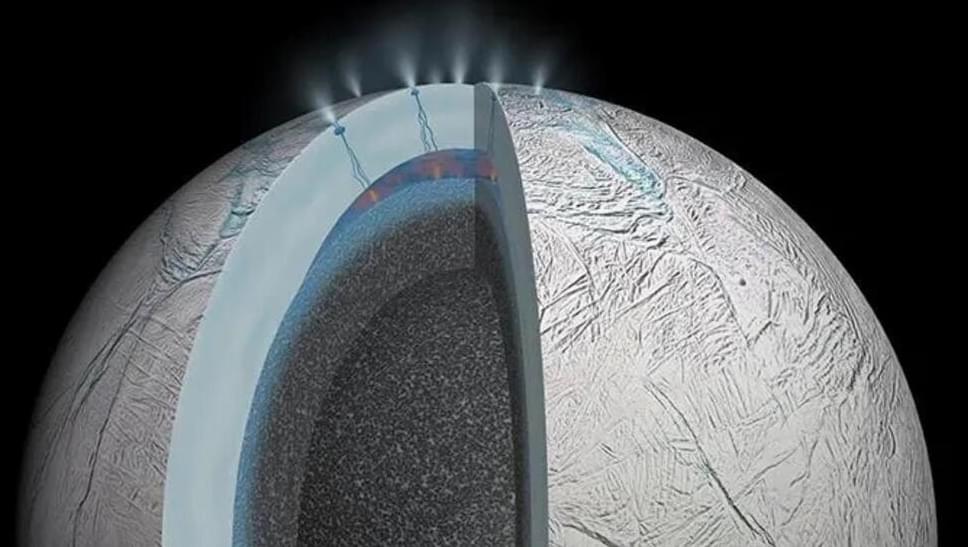
Saturn’s icy moon hosts vital life source, key molecule, reveals NASA
NASA’s Cassini probe has uncovered compelling evidence hinting at the potential existence of life on Saturn’s icy moon Enceladus.
Interestingly, a detailed review of Cassini’s data has revealed that the subsurface ocean hidden beneath the moon’s frozen surface is a rich source of chemical energy.
This disclosure strengthens the case for exploring the possibility of life within the ocean of this frozen celestial body.
According to the research, the more chemical energy there is on this moon, the higher the likelihood that life could flourish and endure.